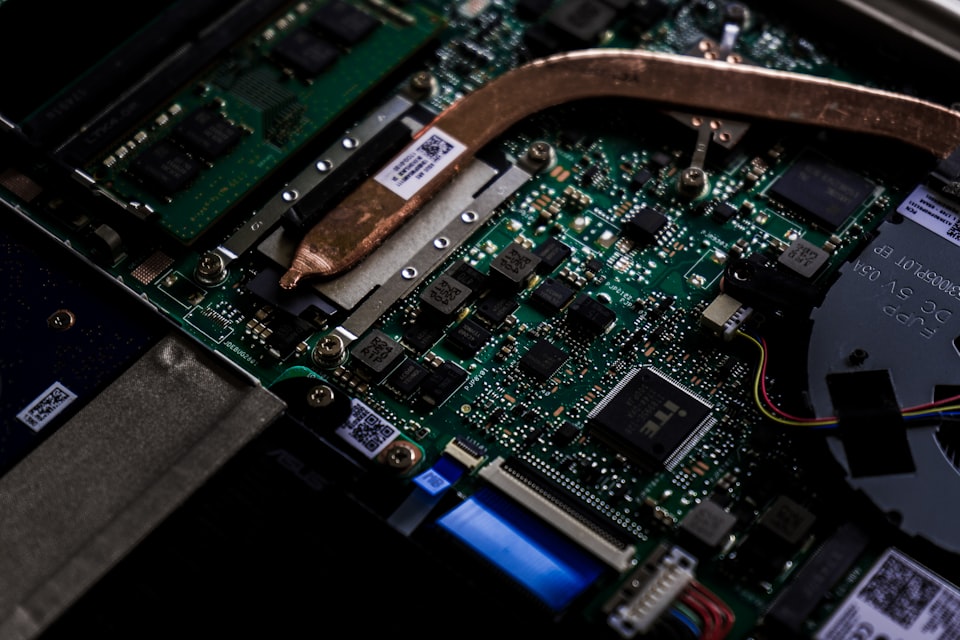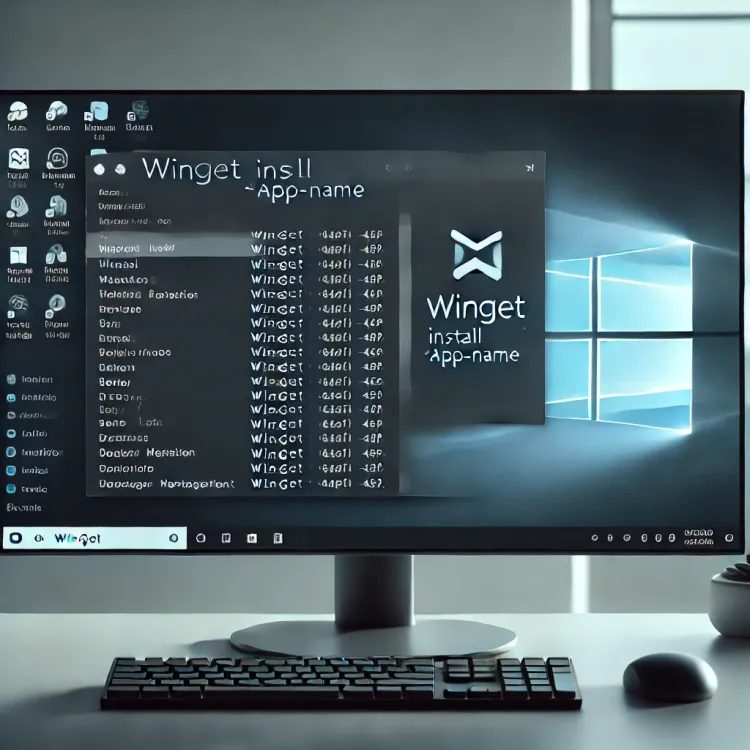LogoFAIL Vulnerabilities

Critical bugs allow attackers to bypass Secure Boot and install persistent firmware bootkits on devices. They exploit the image-parsing libraries that vendors use to display logos during the boot process.
LogoFAIL is not just a single vulnerability but a set of flaws that impact the entire UEFI ecosystem, including x86 and ARM architectures. The researchers who discovered LogoFAIL reported that it affects almost any device powered by Intel, Acer, Lenovo, and other vendors.
The attack scenario is simple: an attacker can store a malicious image or logo on the EFI System Partition (ESP) or in unsigned sections of a firmware update. When these images are parsed during boot, the vulnerability can be triggered and an attacker-controlled payload can arbitrarily be executed to hijack the execution flow and bypass security features like Secure Boot, including hardware-based Verified Boot mechanisms (like Intel Boot Guard, AMD Hardware-Validated Boot or ARM TrustZone-based Secure Boot)
This means that your device could be compromised before the operating system even loads, and any security software you have installed would be useless. The attacker could gain deep and persistent control over your system, steal your data, spy on your activities, or cause damage to your hardware.
How can you protect yourself from LogoFAIL? The researchers have notified the affected vendors via the CERT/CC VINCE system, and some of them have already released patches or are planning to do so soon. You should check your device manufacturer’s website for any firmware updates and apply them as soon as possible. You should also enable Secure Boot and disable any legacy boot options in your BIOS settings. Finally, you should be careful about what images or logos you store on your ESP or download from untrusted sources.
LogoFAIL is a serious threat to the security and integrity of your devices. Don’t let your boot logo become your downfall. Stay informed and stay safe.





